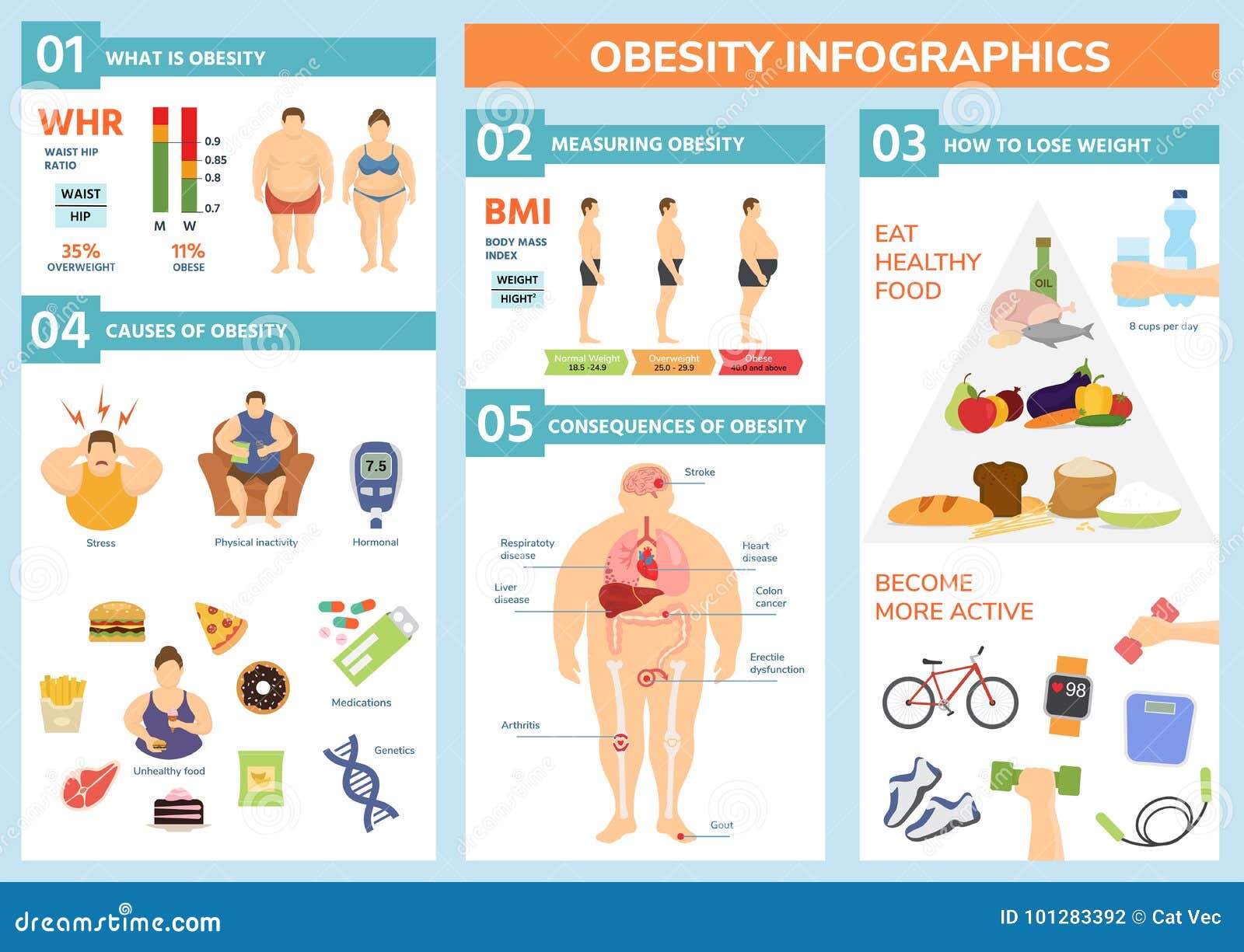Cold laser treatment is a helpful device to aid in pain monitoring and the healing procedure. It is typically made use of in sports medicine, dermatology and acupuncture.
Cold lasers pass through deep into tissues and promote chemical modifications without warming them. They minimize swelling and swelling, speed up cellular activity and accelerate healing.
Theoretical Background
Unlike the high-intensity lasers that surgeons usage to puncture cells, cool laser treatment uses light-emitting diodes to penetrate into your skin and promote healing. As these photons reach damaged tissues, they initiate a domino effect that raises your cells' manufacturing of enzymes and accelerates your body's natural recovery procedures.
The photons likewise reduce discomfort via the production of endorphins and boost your body's capability to drain pipes inflamed locations by inducing vasodilation (the growth of capillary). Therefore, it aids you recover from bone and joint injuries and pain faster.
Many individuals have read about chilly laser treatment from their physiotherapist, chiropractic practitioner or doctor and might be questioning how it functions. Unlike a lot of laser gadgets utilized in the clinical field, which in fact heat up cells, our state-of-the-art equipment emits cool laser light beams that do not cause any heating of your cells. This enables your body to obtain the healing advantages without triggering any side effects.
Clinical Trials
Cold laser therapy is usually recommended as a therapy option for individuals that have musculoskeletal pain and injuries. It can be utilized to reduce swelling, reinforce tissues and accelerate the body's all-natural recovery processes.
Non-thermal photons of red and infrared laser radiation are taken in by the light sensitive aspects in cells and launch an increase in intracellular metabolism that boosts cell reproduction, decreases swelling, eliminates edema and reduces recovery time.
Unlike the light that is produced by sunlight or conventional lights, laser light is identical (all wavelengths traveling parallel), coherent and monochromatic. These properties enable laser power to pass through much deeper right into the tissues.
Several medical trials have actually revealed that LLLT can be effective in decreasing discomfort in the musculoskeletal system. However, more properly designed researches are needed to assess the ideal settings for laser irradiation and to identify its performance in specific problems, such as oral mucositis in cancer people receiving chemotherapy or radiotherapy, and injury recovery (consisting of diabetic abscess complying with hammertoe surgical treatment). This Aetna policy bulletin does not resolve other uses LLLT, consisting of the treatment of different skin diseases.
Conclusions
Unlike medical lasers that can damage growths or coagulate cells, cold laser therapy does not warm the body's cells. Instead, the light boosts your cells to produce adenosine triphosphate, which accelerates the repair service procedure of hurt cells.
Aetna takes into consideration low-level laser (LLL) therapy clinically necessary for the prevention of oral mucositis related to cancer treatment (radiation treatment, radiation treatment, hematopoietic stem cell transplantation) and non-cancer treatments (such as radiodermal injury, fibromyalgia). A number of research studies revealed that LLT can be reliable in decreasing PU signs and symptoms without damaging effects. However, differences in research study styles and laser dosimetry made contrast of the outcomes hard; RCTs with low danger of predisposition are required. Making use of a 660 nm wavelength and greater power density appears to be more effective than the other studied laser wavelengths. This could be because the other wavelengths may stimulate inflammatory processes and cause more adverse effects. The effect of the kind of laser utilized is likewise vital; the writers recommend that future study concentrate on reviewing various sorts of lasers and their dosages to establish the optimum mix of laser specifications for PU avoidance.
Suggestions
Cold laser therapy is utilized by dental experts to deal with inflamed gum tissue, medical professionals to alleviate discomfort triggered by rheumatoid arthritis, and physical therapists to speed the recovery of muscular tissue, ligament, and ligament injuries. Many clinical insurance policy strategies cover this treatment.
Unlike hot lasers, which have a thermal result on tissues, cold lasers (likewise called low-level lasers) stimulate picosure laser the cellular energy of the skin. Photons from the laser light pass through right into the cell, causing a collection of chemical modifications that promotes regeneration and reduces swelling.
In order to work, lasers should be properly arrangement and utilized. This is why it is not recommended to buy an inexpensive over-the-counter laser gadget and try to treat on your own in your home. A trained professional is needed to ensure that the gadget is used appropriately to lessen the risk of eye injury and optimize its effectiveness. The laser tool should be gotten used to the right setting, intensity, regularity, and position of the laser on the therapy location.
